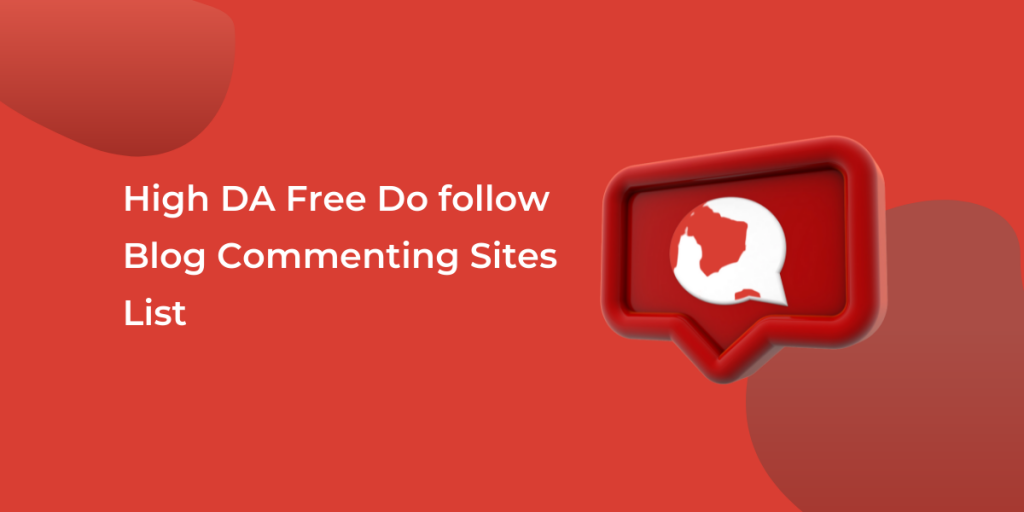On Page SEO Techniques is perhaps the most critical part of improving your site’s ranking and organic traffic. SEO is where you construct your web pages and implement certain techniques to help you rank as high as possible on search engine result pages (SERPs).
The higher your pages can rank on Google / Bing / Yahoo / etc. results pages, the more traffic your site is likely to get.
In this post, we will cover what on-page SEO is, why it matters, and the most important on-page SEO considerations today.
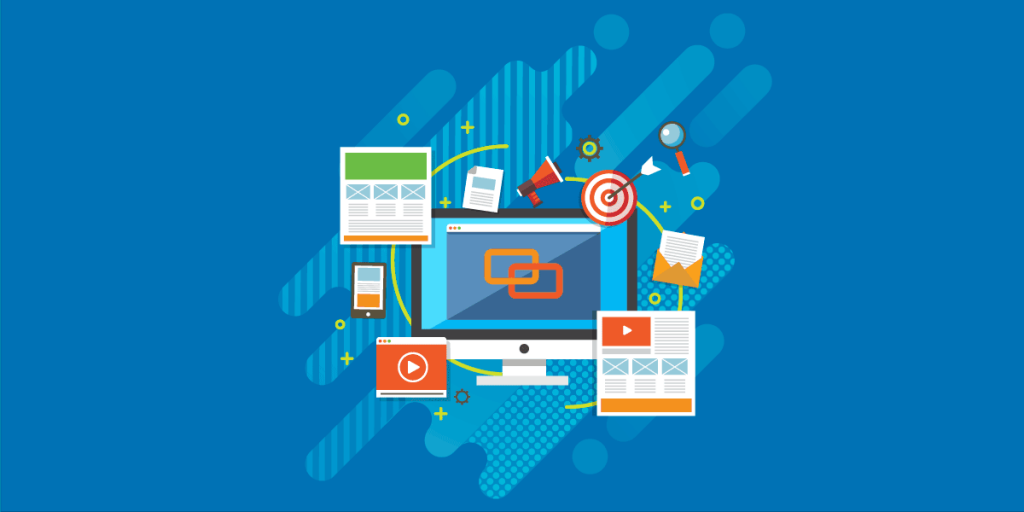
Now this SEO optimization is basically classified into two categories
- On-Page Optimization
- Off-page Optimization
What is On-Page SEO?
On-page SEO activities, (also known as on-site SEO) refers to the updating SEO ranking factors such as page titles, internal linking, meta tags & descriptions, images, etc.
Moz explains it best:
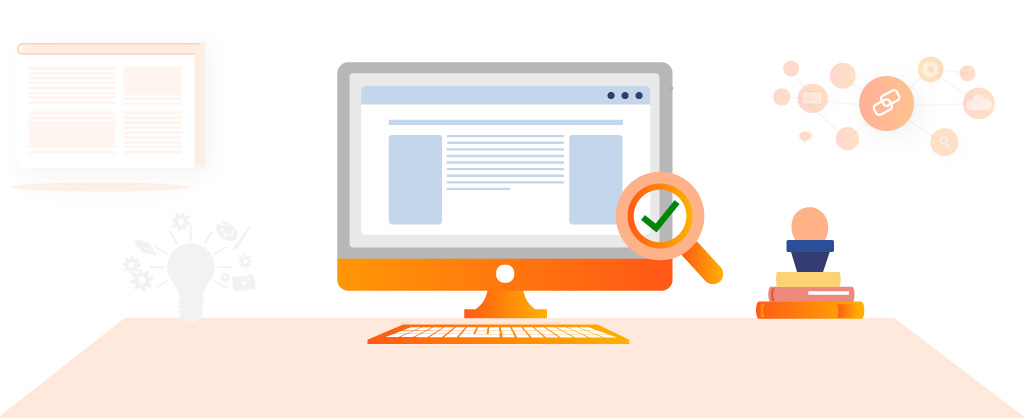
On-page refers to both the content and HTML source code of a page that can be optimized, as opposed to off-page SEO which refers to links and other external signals.
Why On-Page SEO Is Important
On-page SEO is important because it helps search engines understand your website and its content.
It’s through on-page SEO elements that you can guide them as to which keywords you want your pages to rank.
Actionable On Page SEO Techniques 2023
Below are the on page seo techniques that you should be paying attention to increase your site’s organic traffic as we move into 2022.
1. Meta Title
This is the most important On Page SEO Techniques. You should try to use the targeted keyword toward the beginning of the Post title, but if that’s not possible, make sure it’s at least in the title.
Here’s an example:
<meta name="description" content="This is a meta description">
Google and other search engines take the SEO title and display it in the search engine result pages. Google shows the first 55 to 65 characters. So make sure your SEO title would be around 60 characters. You can check the SEO title by hovering your mouse pointer over the browser tab.
2. Meta Description
Next on our list of on-page optimization strategies is optimizing your title tag and meta description.
The meta description is also a very important part of on-page SEO. It is not rank directly but it helps indirectly. It is one of the best places to put our keywords.
Here’s an example:
<meta name="description" content="This is a meta description">

Meta description helps to increase the click-through rate (CTR) in the SERPs. CTR is again one of the ranking factors in SEO. Most of the search engines display the keywords in the description in bold format.
Google generally allows writing 150-160 characters for meta descriptions. For more details, check out – Ultimate Guide To Write Eye Catchy Meta Description
3. URL Optimization
A URL (Uniform Resource Locator), is the unique address of any resource on the Web. URLs of your site are usually one of the first things that both users and search engines will see.
Google has explicitly stated that URLs help them better understand what a page is about.
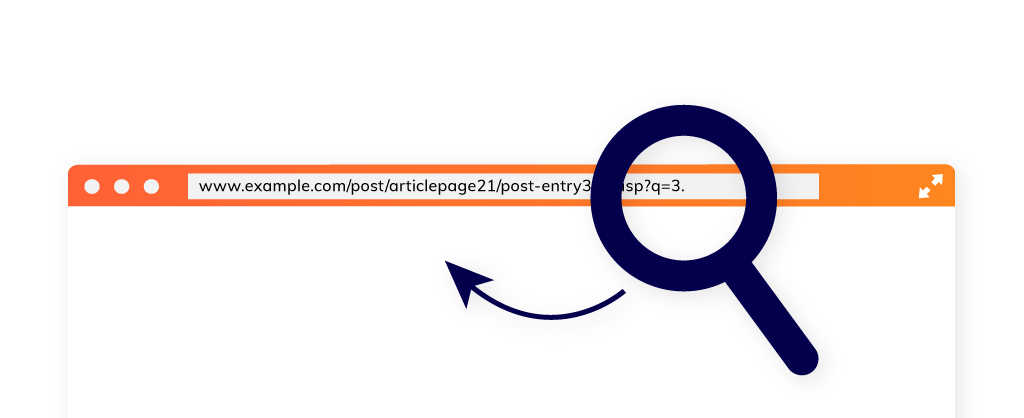
Again, you should use your focus or target keyword in the URL, and avoid using any special characters, symbols, brackets, commas, etc. within the actual URL.
Example of a good permalink:
https://www.domain.com/how-to-find-target-keyword
After making your URLs user-friendly, you’ll want to make them SEO-friendly too, which I’ll explain in the following points.
4. Organise Heading Tags
You should use heading tags to highlight various headings, sub-headings, and important points.
In WordPress, the title tag is set at H1. You don’t really need to use any more H1 tags anywhere in the article. One is enough. For another heading, you use H2 and H3 tags.
Also, don’t use too many H2 or H3 tags as Google’s algorithms won’t like that.
Here’s an example of a heading hierarchy
<h1> This is a H1 heading </h1> <h2> This a H2 heading </h2> <h2> This a H2 heading </h2> <h3> This a H3 heading </h3> <h2> This a H2 heading </h2>
They can indirectly impact your rankings by:
- Making your content easier and more enjoyable for visitors to read.
- Providing keyword-rich context about your content for the search engines.
5. Keyword Density
Keyword density refers to how often you use a specific keyword on a web page. You should keep the keyword density around 5% percent with a mix of LSI keywords.
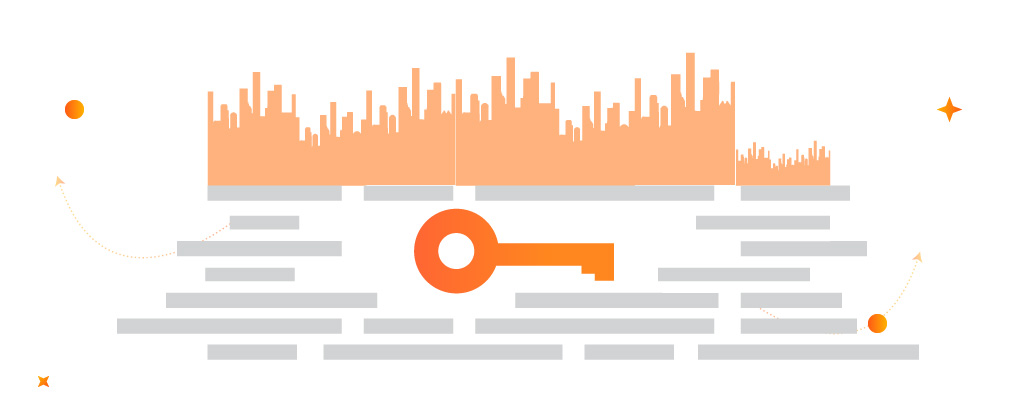
Use your main keyword once in the first paragraph and again in the last paragraph. And use it in the content where it makes sense.
Note: If there are 100 words on a page and you use your target keyword five times, your keyword density is 5%.
6. Images with Alt text
Adding images is a good way to make your web pages more appealing. Optimizing images properly will help you make the most of a valuable SEO asset.
Image optimization also help a lot in driving traffic from image searches.
Use targeted keyword in the “image title” and the “alt text”, you need to include your keyword in filename for your images to help Google better understand your images.
<img src="on-page-seo-checklist.jpg" alt="best on page seo checklist">
Notice that the image file name is also descriptive and gives Google another hint as to what the image depicts.
7. Content-Length
The word count should at least 1200 words so the content seems good enough. This is not the minimum word count to publish a blog, but a minimum of 2000 words makes your content’s readability higher.
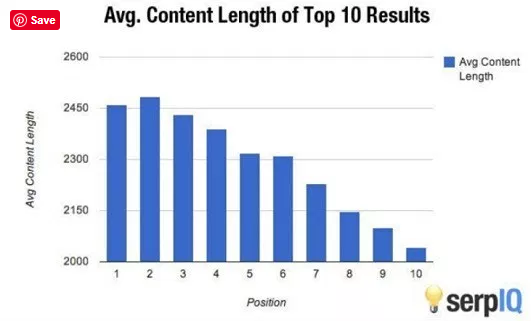
While there is no “official” count, longer posts tend to rank better because there is typically more information there.
8. Increase CTR with Schema Markup
Schema markup is SEO’s latest evolution, By adding Schema (Structured data), you help the search engine understand more about your content.
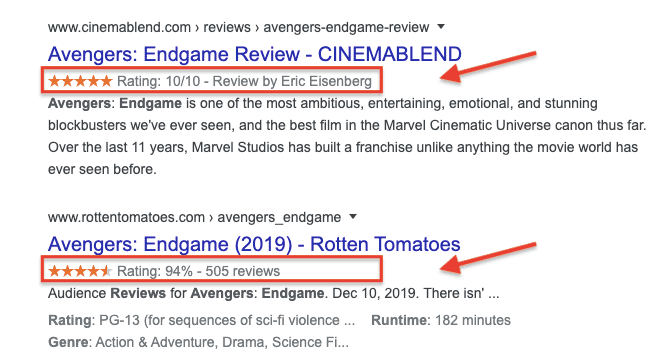
Schema markup is a code that you put on your website to help search engines return more informative results for users.
Schema markup helps your site rank better in SERPs for all types of content, including:
- Articles
- Local businesses
- Restaurants
- TV episodes and ratings
- Book Reviews
- Movies
- Software Applications
- Events
- Products
9. Internal Links
Internal linking is where one page links to another page on the same domain.
Internal linking helps reduce your site’s bounce rate and help your blog readers spend more time on your blog.

A good combination of anchor text + internal link, will help on passing link juice from one page to another.
It has many advantages.
- Link juice passes.
- Boost Pageviews
- Reduce Bounce Rate
- Makes your content more informative and user-friendly.
- Google crawls your site faster and better.
- Improve your website SEO
10. Use External Links
An external link is a hyperlink that points to an other website. While linking out to external websites, you should link to trusted websites only.
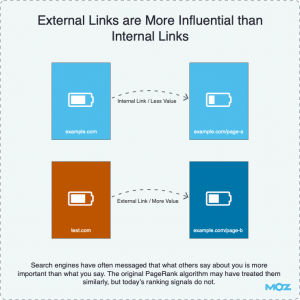
You should use Do-follow links for trusted websites and No-follow links for those that are less trustworthy.
11. Quality/Unique Content
You should write engaging and quality content.
Quality content is most essential because only with quality content can you attract a lot of people to visit your posts. Google preferred always unique content.
The uniqueness in your content makes users want to go through the work you do, thus making your work viewed by many.
12. Optimize Your Page Speed
If you want your visitors to have a seamless experience on your website, you need to improve your page speed.
Here are some of the ways you can improve your page speed:
- Enable browser caching
- Minify JavaScript, CSS, and HTML files
- Reduce server response time
- Reduce redirects
- Optimize images
13. XML Sitemap
An XML sitemap is a place where we can outline the structures of your site. We can call it as search engine friendly sitemap. The XML format is easily understood by search engine bots but it is not easily understood by a human. If you happen to visit an XML sitemap you will just see a bunch of codes.
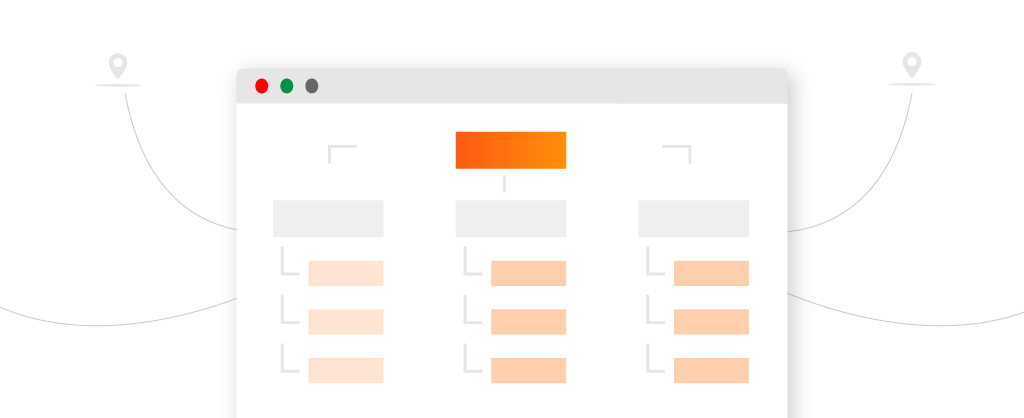
If you have any crawling issues on your website or blog, an XML sitemap is the best option to go with.
On-Page SEO Checklist for 2023
Keyword placement Tips:
- Keyword in the title.
- Keyword in the permalink.
- Keyword in the first 100 words.
- Keyword in the image alt tag.
- Use LSI keywords in the body
- Use the LSI keyword in H2 or H3.
On-Page SEO Ranking Factors:
- Add multimedia (video, slides, infographics).
- Remove all stop words from permalink.
- Optimize images before uploading).
- Optimize page load speed.
- Create a meta title of fewer than 65 characters.
- Create a meta description of fewer than 158 characters.
- Internal links to related articles.
- Outbound links to relevant high-quality sites.
- Use Breadcrumbs
- Use FAQ Schema
On-page SEO Tools
Let’s look at a few free tools to help with everything above before we wrap things up.
Rank Math SEO
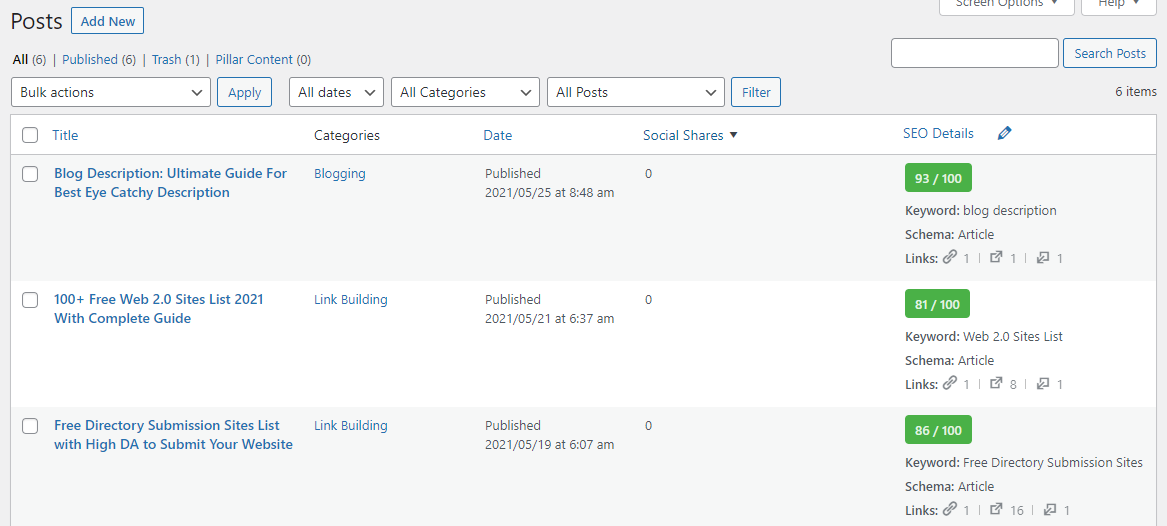
Add titles, meta descriptions, OG tags, and structured data to posts and pages.
Rich Results Test

Check the structured data on your page to see if it’s eligible for rich snippets in the SERPs.
Google Keyword Planner

Google Keyword Planner is Google’s keyword research tool. Use it to generate keyword ideas based on up to ten seed keywords, or from a website or URL.
Similar alternatives: Keyword Sheeter, Keywordtool.io
FAQ – On Page SEO Techniques
On-page SEO is the practice of optimizing individual web pages in order to rank higher and earn more relevant traffic in search engines.
WordPress offers many useful SEO plugins for Onpage optimization. Two most popular one is:
1. Yoast SEO (Free & Paid)
2. Rank Math SEO Plugin (Free & Paid)
Final Thoughts: On Page SEO Techniques
These are some On Page SEO Techniques that will help you increase traffic to your website. When you implement On-Page SEO on your website, you will not get the result immediately. This is a long time process, you have to be a little patience.
Optimizing for on-site factors on a regular basis can help improve your rankings, traffic, and conversions.
If this On Page SEO Techniques tutorial has proved useful to you, do not forget to share it!
Read some best articles of this blog.



